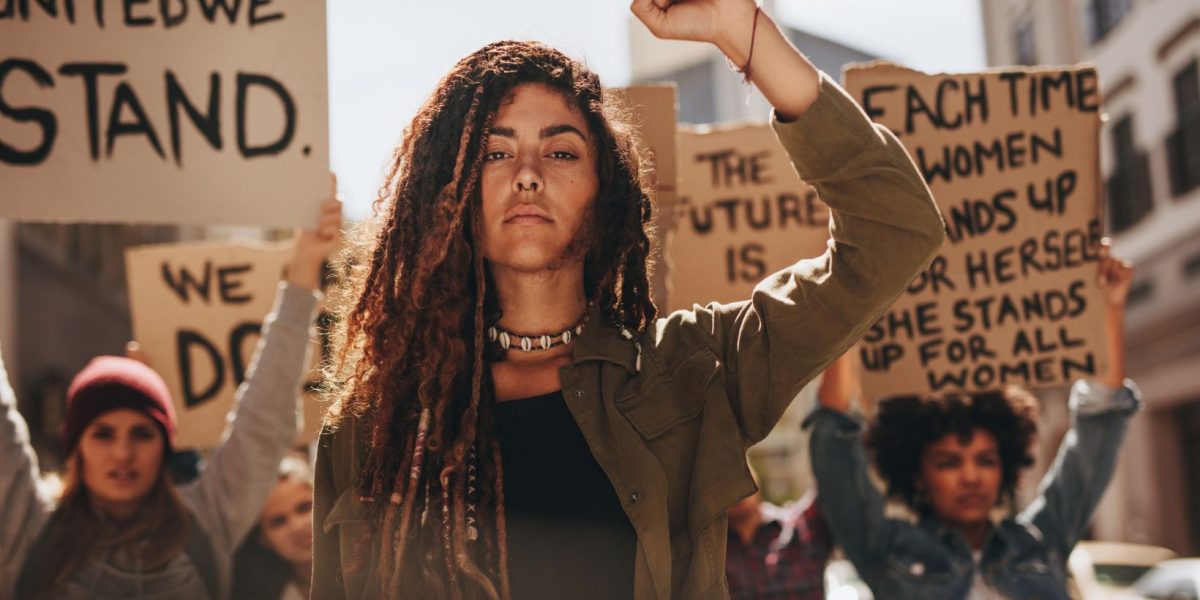Unveiling the Tapestry of Empowerment
The Women’s March, a global phenomenon that emerged in the 21st century, stands as a testament to the power of collective voices advocating for equality and justice. This movement, marked by its vibrant displays of solidarity and passion, has roots deeply embedded in the rich history of women’s rights activism.
Genesis of the Women's March
The inaugural Women’s March took place on January 21, 2017, one day after the inauguration of President Donald Trump. Sparked by concerns about women’s rights, reproductive rights, and a myriad of social justice issues, this historic event brought together millions of individuals across the United States and around the world. The march symbolized a response to perceived threats to progress in gender equality and was a poignant reminder that the fight for women’s rights is far from over.
Suffrage to Second-Wave Feminism
To understand the Women’s March fully, we must traverse the annals of history, from the suffragette movements of the early 20th century to the second-wave feminism that gained momentum in the 1960s and 1970s. The suffragettes, who tirelessly campaigned for women’s right to vote, paved the way for the broader feminist movements that followed. Second-wave feminism, characterized by the pursuit of legal equality and reproductive rights, laid the groundwork for addressing deep-seated societal norms and stereotypes.
Intersectionality and Third-Wave Feminism
As the feminist movement evolved, so did its recognition of intersectionality – the interconnectedness of various social identities and systems of oppression. This awareness, prevalent in third-wave feminism, emphasized the importance of inclusivity and acknowledgment of the diverse struggles faced by women of different backgrounds, races, and sexual orientations. The Women’s March, drawing inspiration from these principles, has consistently sought to represent the intersectional nature of modern feminism.
The Digital Age and Grassroots Mobilization
In the 21st century, the Women’s March leveraged the power of social media to mobilize activists and amplify its message. The digital age provided a platform for organizing and disseminating information, enabling the movement to transcend geographical boundaries. Hashtags such as #WomensMarch and #WhyIMarch became rallying cries, connecting like-minded individuals and fostering a sense of community both online and offline.
Global Impact
The Women’s March is not confined to the United States; its impact reverberates globally. Sister marches, organized in solidarity with the main event in Washington, D.C., have taken place in cities worldwide, from London to Sydney. The global reach of the Women’s March underscores the universality of the issues it addresses, transcending cultural and national borders to unite people in a shared pursuit of equality.
Challenges and Criticisms
While the Women’s March has garnered widespread support, it has not been without its challenges and criticisms. Some argue that the movement lacks a clear policy agenda, while others question the effectiveness of large-scale protests in bringing about tangible change. Additionally, internal disagreements on issues such as inclusivity and leadership have sparked debates within the movement itself.
Conclusion
The Women’s March stands as a significant chapter in the ongoing narrative of women’s rights activism. From its inception in 2017 to its continued impact in the present day, the march serves as a powerful expression of collective resistance against inequality and injustice. As the movement evolves, it carries forward the legacy of generations of women who have fought for their rights, weaving a tapestry of empowerment that transcends time and borders.






